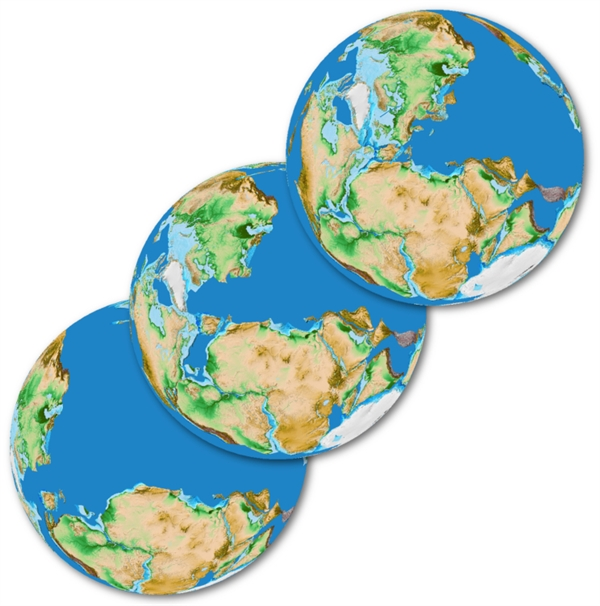The eastern Mediterranean Sea contains the world’s oldest oceanic crust still in place at the bottom of the sea, reports a paper published online in Nature Geoscience today by a Ben-Gurion University of the Negev researcher.
The high density of oceanic crust causes it to be recycled back into Earth’s mantle relatively rapidly at subduction zones, meaning most oceanic crust is less than 200 million years old. Although an older remnant of crust may be preserved in theHerodotus Basin of the eastern Mediterranean Sea, that area is covered by thick sediments, making it unclear precisely how old the crust is and whether it is even oceanic at all.
Dr. Roi Granot uses magnetic data to analyze the structure of the crust in the Herodotus Basin, and finds that the rocks are characterized by magnetic stripes — the hallmark of oceanic crust formed at a mid-ocean ridge. As magma at a mid-ocean ridge axis cools, magnetic minerals in the newly forming rocks align with the direction of Earth’s magnetic field. Changes in the magnetic field’s orientation over time are recorded in the ocean floors, creating a unique barcode that provides a time stamp for crustformation. By using this principle and identifying skewed patterns in the magnetic stripes, the author shows that the oceanic crust in the Herodotus Basin could be as much as 340 million years old.
He suggests that the crust might be a remnant of the ancient Tethys Ocean, which existed long before the Atlantic and Indian Oceans. If correct, this implies the ocean formed much earlier than previously thought.
Granot is a member of the Department of Geological and Environmental Sciences at BGU. The research received funding from the Israeli Ministry of Science, Technology and Space, grant 1151. The author was supported by the European Union Seventh Framework Program (FP7/2007_2013) under grant agreement 320496 (GEOPLATE) and the Israel Science Foundation grant 1844/12.

The image shows plate reconstruction maps at 360, 340 and 320 million years ago (bottom left to upper right), at around the time when the Pangaea Supercontinent completed its formation and a new ocean was formed in the now eastern Mediterranean. (Reconstruction Credit: Roi Granot)
